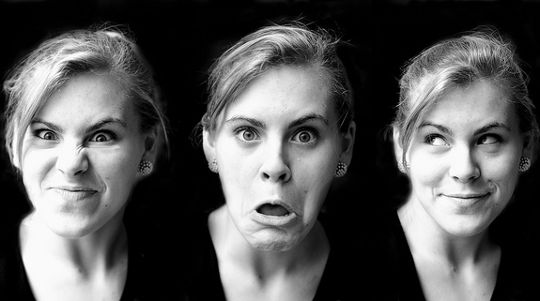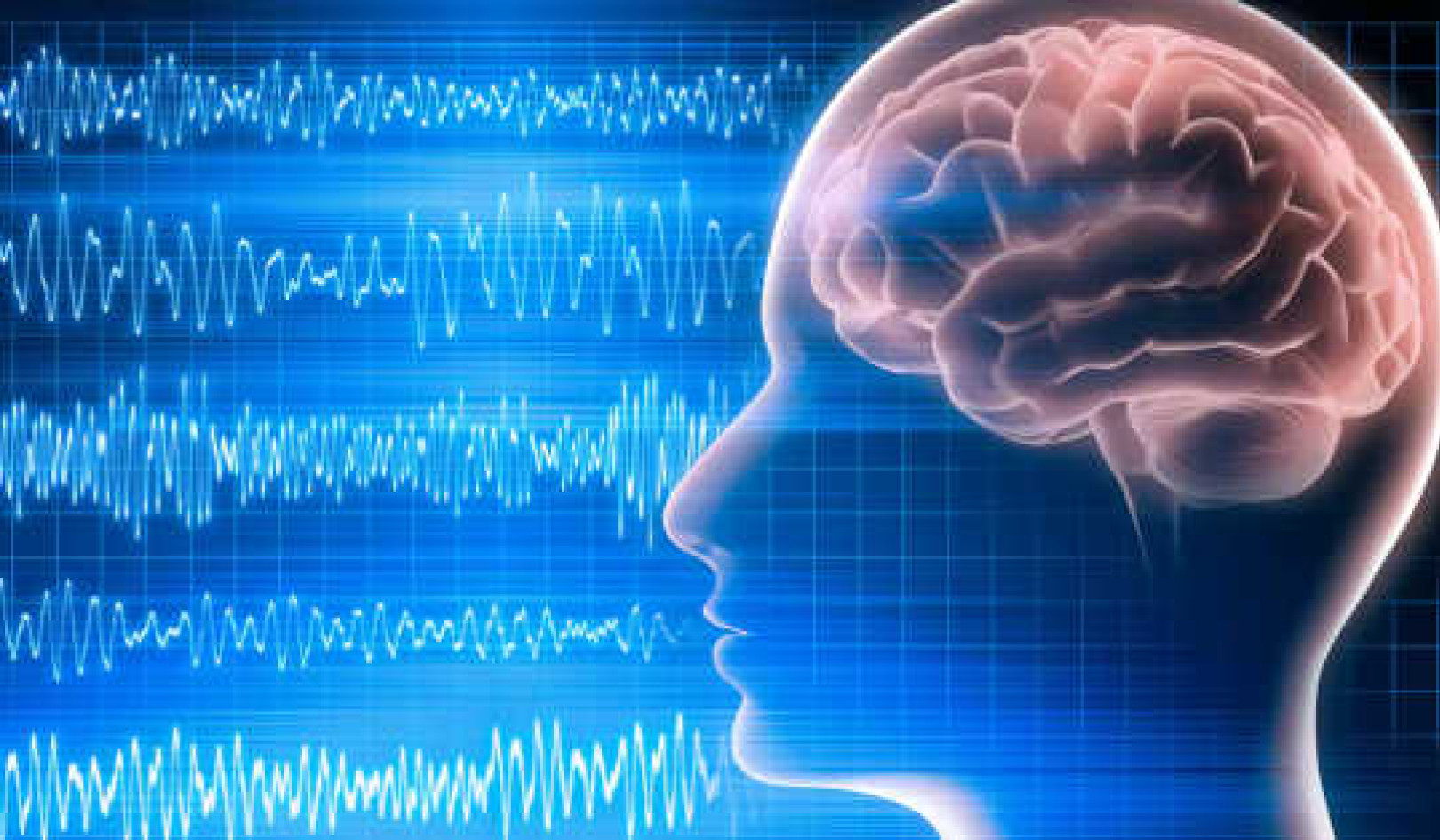
Photo credit: Andrew Imanaka. (Fickr)
Liberals express more emotions with their faces than conservatives do, new research shows.
“We did four studies for this paper, and they all triangulate on the same thing,” says Kevin Smith, professor and chair of political science at the University of Nebraska-Lincoln. “People can, with greater-than-chance accuracy, figure out whether you’re liberal or conservative just by looking at your face, and emotional expressivity seemed to be driving it in our analysis.”
The research, published in Politics and the Life Sciences, suggests that facial emotional expressivity is yet another biological difference in conservatives and liberals, says Smith, whose previous research has found biological predispositions in political beliefs. These findings open the door to more research questions, he says, such as whether liberals prefer more emotionally expressive leaders and whether more study of facial muscle reactivity might strengthen the findings.
The first study consisted of a survey in which participants were asked to rate themselves on emotional expressivity.
“Liberals reported being less able to stop from expressing emotions, while conservatives were a little more buttoned-down,” Smith says.
This led to the second study, in which researchers recorded participants’ facial reactions with electromyography to measure the corrugator supercilii muscle while viewing positive and negative images. This muscle is situated above the eye and involved in many facial expressions, including the frown.
The research showed more activation of the muscle in the faces of liberals compared to the reactions of conservatives.
To determine if emotional expressivity is identifiable and perceived as more liberal, Smith and his colleagues conducted two additional experiments.
In the third experiment, participants watched video of congressional representatives speaking at a lectern without sound or identification. Each five-second video was edited to exclude obvious body movements and facial expressions. After viewing each video, participants were asked to rate emotional expressivity and political ideology, among other traits. The results showed that emotional expressivity correlates with both perceived and actual political orientation.
“We deliberately picked video without overt emotional cues,” Smith says. “But sure enough, people could pick out who the liberal one was and who the conservative one was.”
In the final experiment, researchers showed images of two German lawmakers with neutral facial expressions and two with clear emotional expressions to participants, who rated them on a political spectrum.
Once again, the results showed that participants perceived those with more emotional expression on their faces as more liberal.
“The real clincher for us was when the conservative person was smiling, the conservative was rated as more liberal,” Smith says. “He was still rated as conservative, but he was rated less conservative when he was smiling.”
Of course, there are exceptions. “President Obama was known for his coolness, and John Boehner was often seen crying,” Smith says.
Source: University of Nebraska-Lincoln
Related Books
at InnerSelf Market and Amazon























